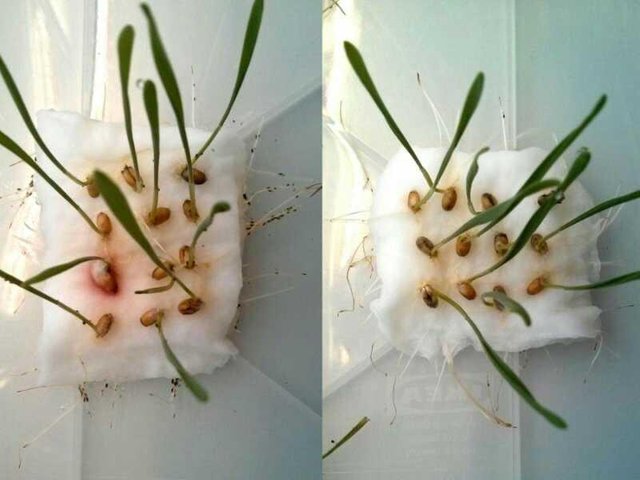Organic insect deterrent for agriculture Biodegradable crop protection products without risks or side effects

"It's not just about the honey bees, it's about the survival of mankind," says Professor Thomas Brück, who heads the Werner Siemens Chair of Synthetic Biotechnology at TU Munich. "Without the honey bees that fertilize a wide assortment of plants, not exclusively would our grocery store racks be very uncovered, yet inside a brief timeframe, it would never again be conceivable to supply the total populace with nourishment."
Artificially created bug sprays jeopardize honey bees as well as bugs, butterflies and grasshoppers. They influence biodiversity in soils, lakes, streams and oceans. Their utilization has thus been very disputable for a long time.
Repulsing as opposed to harming
Brück and his group have now discovered an option: The creepy crawly repellent they have created is biodegradable and biologically innocuous. Splashed on plants, it works much like mosquito repellent utilized by bathers in the late spring, spreading a scent that wards off undesirable bugs.
"With our approach, we are opening the way to a major change in trim assurance," says Brück. "Rather than splashing poison, which definitely likewise jeopardizes helpful species, we purposely only disturb the irritations."
Microbes as compound manufacturing plants
The Munich analysts were propelled by the tobacco plant, which produces cembratrienol in its leaves, CBTol for short. The plant utilizes this atom to shield itself from bugs.
Utilizing engineered biotechnology devices, Professor Brück's group disconnected the areas of the tobacco plant genome in charge of the development of the CBTol atoms. They at that point incorporated these with the genome of coli microscopic organisms. Nourished with wheat grain, a side-effect from grain processes, the hereditarily changed microscopic organisms currently deliver the coveted dynamic specialist.
Effectiveness in little and expansive scales
"The key test amid generation was to isolate the dynamic fixings from the supplement arrangement toward the finish of the procedure," clarifies Mirjana Minceva, Professor of Biothermodynamics at the TUM Weihenstephan Campus.
The arrangement was radiating detachment chromatography: an exceedingly proficient process that works similarly well on a mechanical scale, yet up to this point had never been utilized to isolate items from aging procedures.
Similarly powerful against microscopic organisms
Introductory examinations demonstrate that the CBTol splash is non-harmful to bugs, yet still secures against aphids. Since it is biodegradable, it doesn't gather.
What's more, the bioactivity tests demonstrated that cembratrienol antibacterially affects gram-positive microscopic organisms. It would thus be able to be utilized as a disinfectant shower that demonstrations particularly against pathogens, for example, Staphylococcus aureus (MRSA pathogen), Streptococcus pneumoniae (pneumonia pathogen) or Listeria monocytogenes (listeriosis pathogen).
This is a good article. I would advise you to add free for reuse pictures and source the article as well as add a conclusion.
And if the content is original, you can get voted by steemSTEM.
Check out #steemSTEM and @steemstem , on Discord.
What is steemSTEM:
https://steemit.com/steemstem/@steemstem/being-a-member-of-the-steemstem-community
Cheers!
For example this would be a problem:
https://www.google.com/search?q=%22The%20Munich%20analysts%20were%20propelled%20by%20the%20tobacco%20plant,%20which%20produces%20cembratrienol%20in%20its%20leaves,%20CBTol%20for%20short.%20The%20plant%20utilizes%20this%20atom%20to%20shield%20itself%20from%20bugs.%22
The content needs to be original. Hope you are interested!